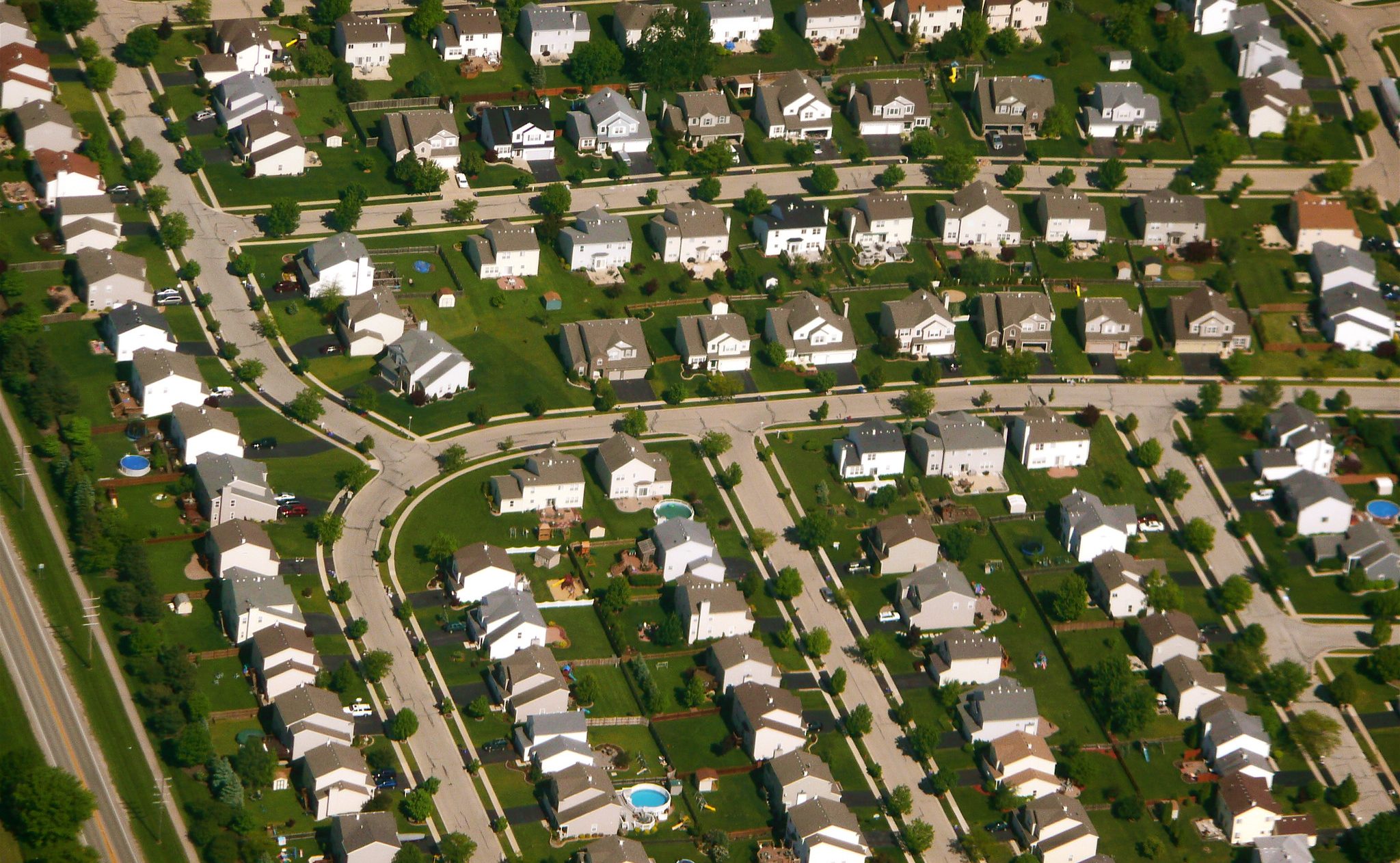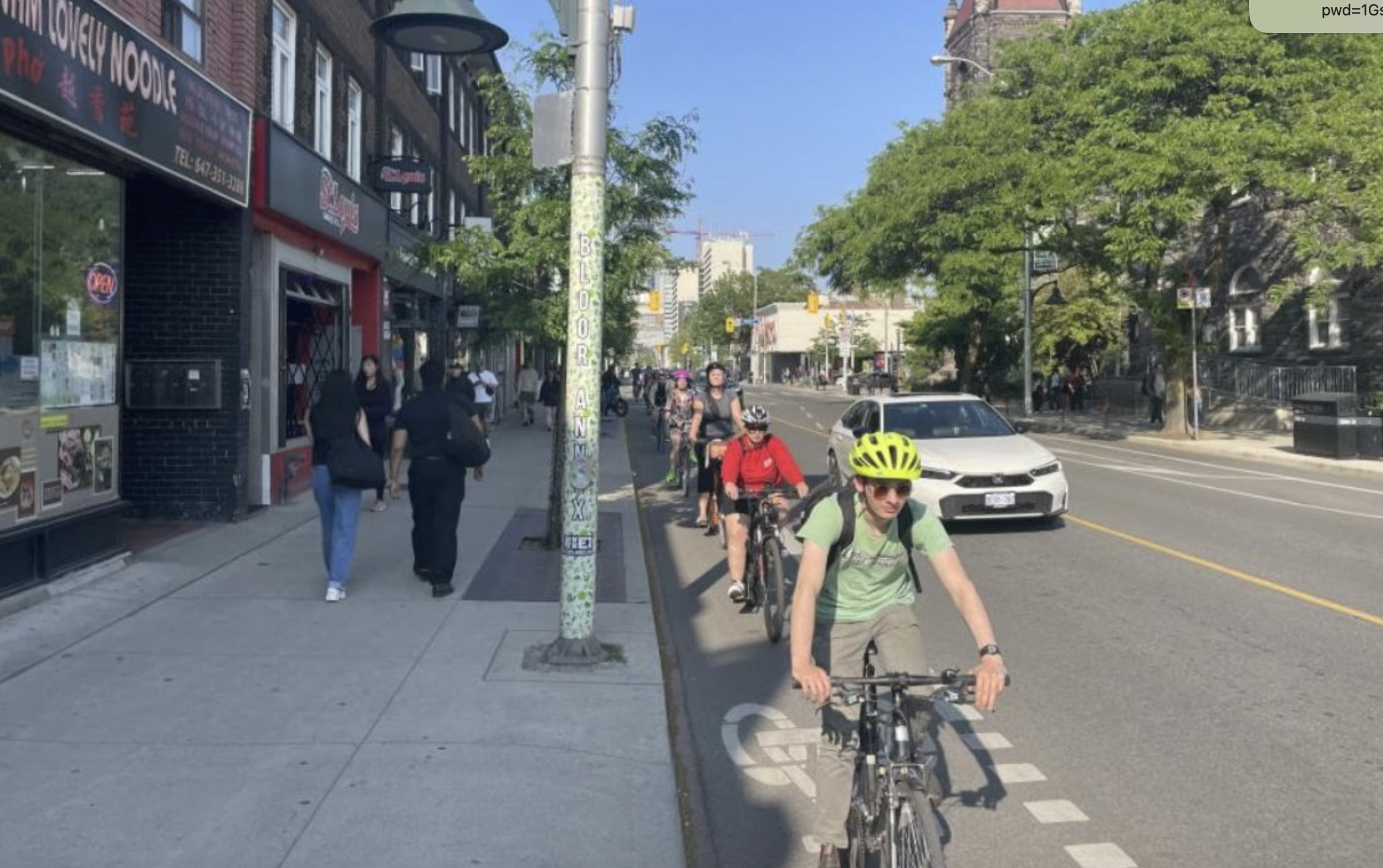Imagine how the sheer amount of space given over to cars in North American cities must look to someone from a place with real multi-modal streets. To Copenhagenize's Mikael Colville-Andersen, the word that comes to mind is "arrogance." It's arrogant not just for cars to have so much space, but to doggedly assert that cars can't possibly make do with less.
These assumptions are demonstrably false, he says:
On so many streets I've looked at in North American cities, even a two-lane street can cough up enough space for a Copenhagen-style cycle track.
I tire of hearing the incessant "we don't have space for bicycles" whine, especially in North American cities. The space is right there if you want it to be there. Removing car lanes to create cycle tracks is, of course, doable. So many cities are doing it. Not making cycle tracks for those who cycle now, but for the many who COULD be cycling if it was made safe.
However, when you live in an arrogant city, space is readily available. Often not even involving removing lanes or parking. It's right there. If you want it.
I can hear the traffic engineers complaining already. This, of course, messes with every computer model they have. It's not, however, about them anymore. They've had their century of trial and error - mostly error. We're moving on now. We'll redesign our cities and tell them what to do and how to help us - based on human observation, rationality and logic. They're brilliant problem solvers. We'll just be telling them what problems to solve.
Elsewhere on the Network today: The Political Environment reports that, in another example of blatant political hypocrisy, Wisconsin Governor Scott "No Train" Walker, a big highway spender, plans to build a new $200 million headquarters for the state's DOT. Rebuilding Place in the Urban Space writes that Chicago's decision to sell its on-street metered parking continues to haunt the city. And Greater Greater Washington points out that research about crosswalk safety conflicts with dominant engineering practices.






